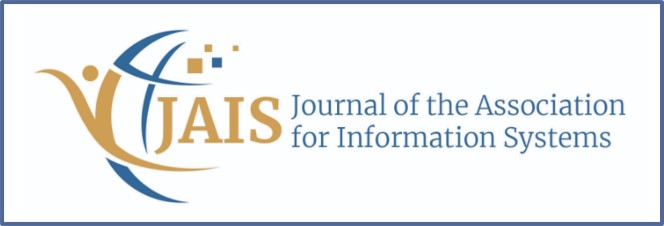
Abstract
Governments and health organizations are increasingly using dashboards to provide real-time information during natural disasters and pandemics. Although these dashboards aim to make crisis-related information accessible to the general public, the average user can have a hard time interacting with them and finding the information needed to make everyday decisions. To address this challenge, we draw on the theory of effective use to propose a theory-driven design for conversational dashboards intended for crisis response that can improve users’ transparent interaction with these dashboards and facilitate access to crisis-related information during crises. We instantiate our proposed design in a conversational dashboard for the COVID-19 pandemic that enables natural language interaction in spoken or written form and helps users familiarize themselves with the use of natural language through conversational onboarding. The evaluation of our artifact shows that being able to use natural language improves users’ interaction with the dashboard and ultimately increases their efficiency and effectiveness in finding information. This positive effect is amplified when users complete the onboarding before interacting with the dashboard, particularly when they can use both natural language and mouse interaction. Our findings contribute to research on dashboard design, both in general and in the specific context of crisis response, by providing prescriptive knowledge for extending crisis response dashboards with natural language interaction capabilities. In addition, our work contributes to the democratization of data science by proposing design guidelines for making information on crisis response dashboards more accessible to the general public.
Recommended Citation
Ruoff, Marcel; Gnewuch, Ulrich; Maedche, Alexander; and Scheibehenne, Benjamin
(2023)
"Designing Conversational Dashboards for Effective Use in Crisis Response,"
Journal of the Association for Information Systems, 24(6), 1500-1526.
DOI: 10.17705/1jais.00801
Available at:
https://aisel.aisnet.org/jais/vol24/iss6/7
DOI
10.17705/1jais.00801
When commenting on articles, please be friendly, welcoming, respectful and abide by the AIS eLibrary Discussion Thread Code of Conduct posted here.

